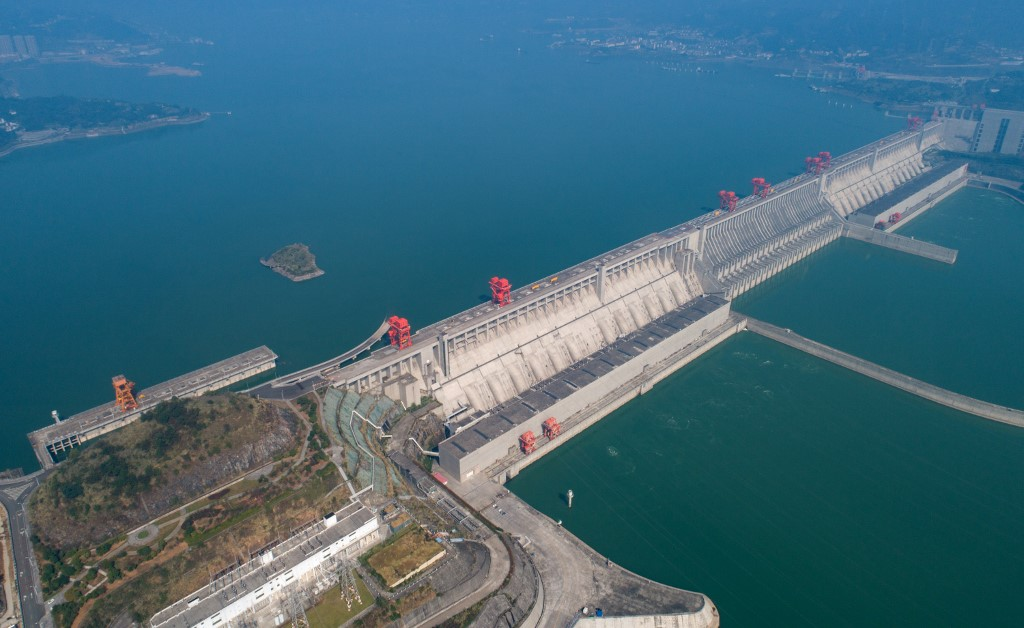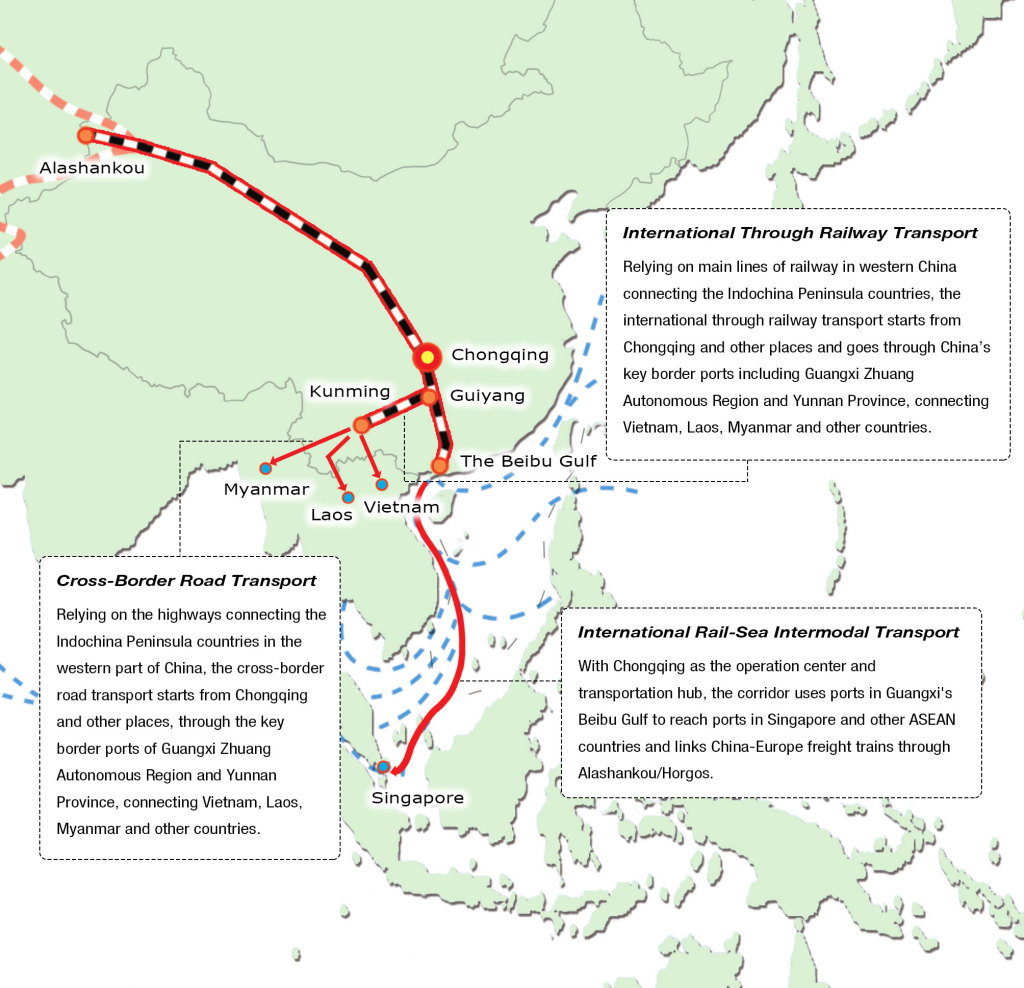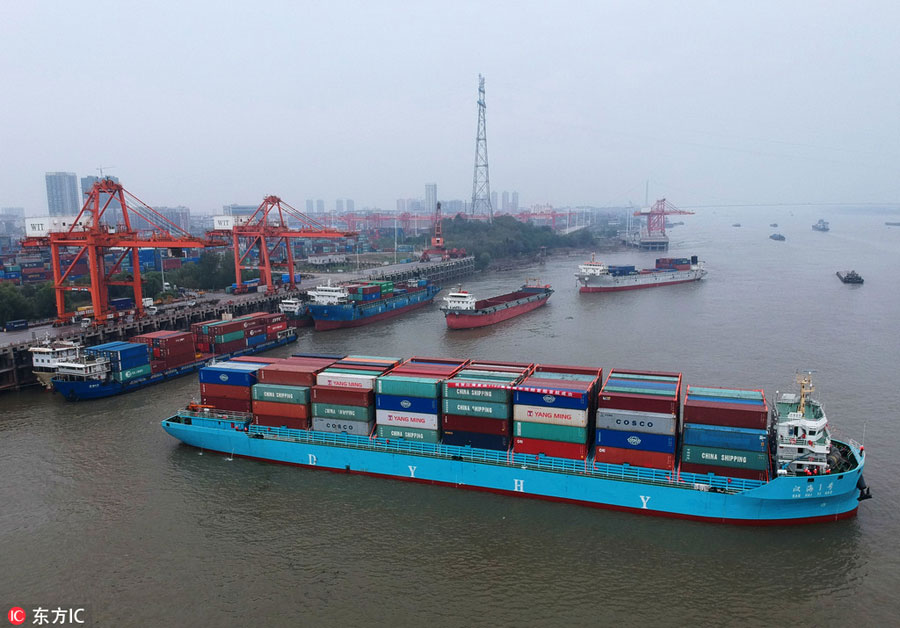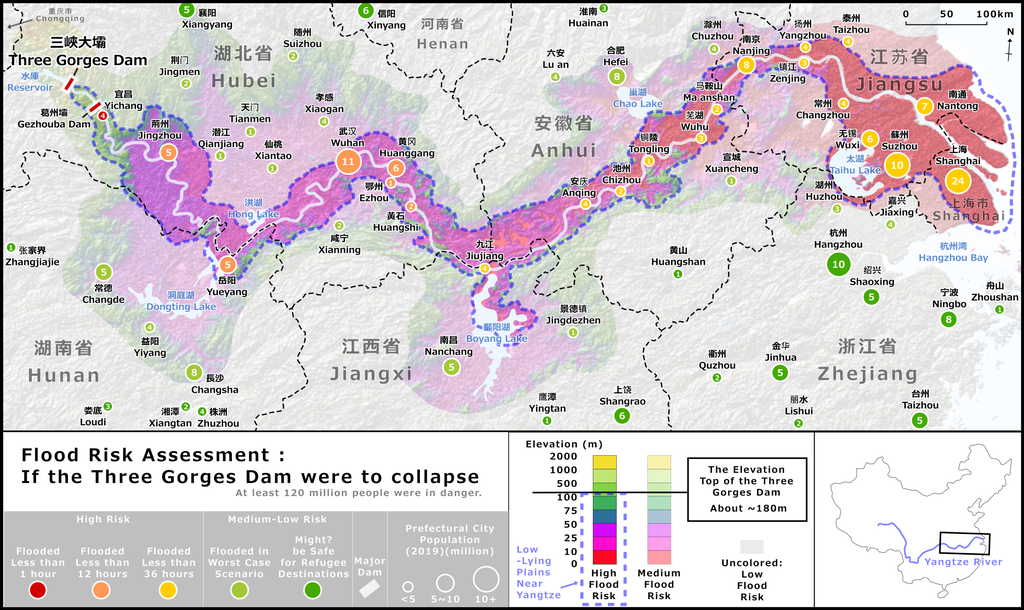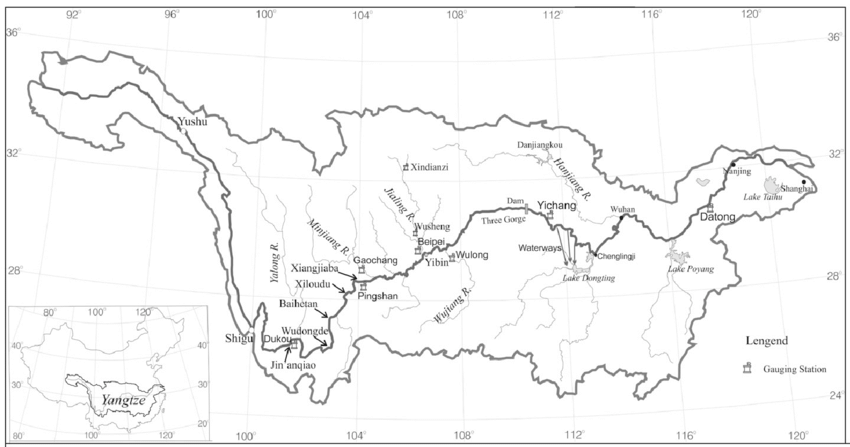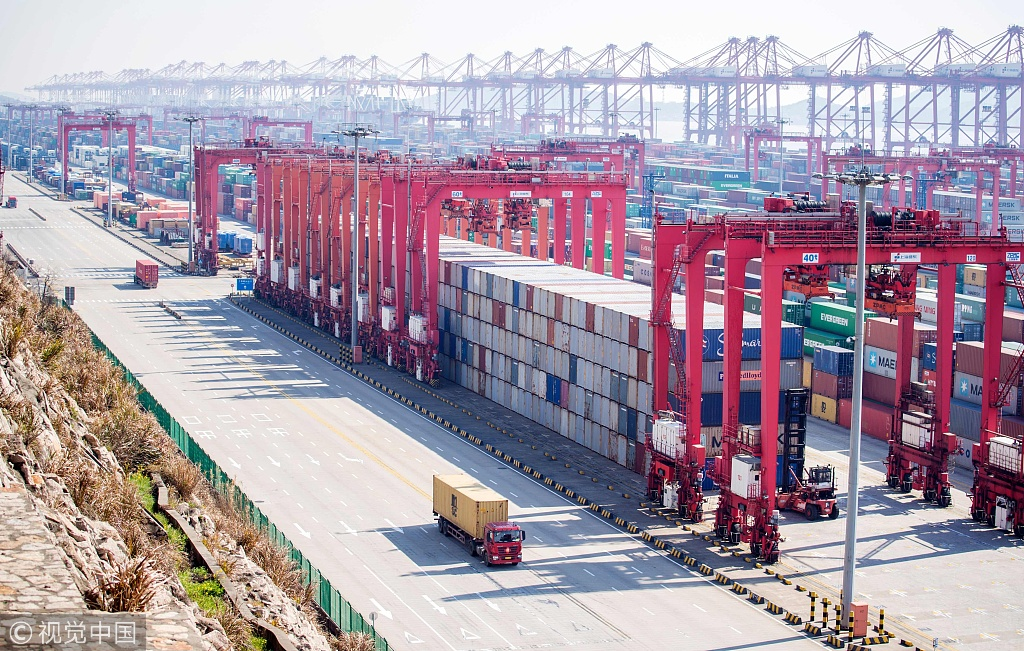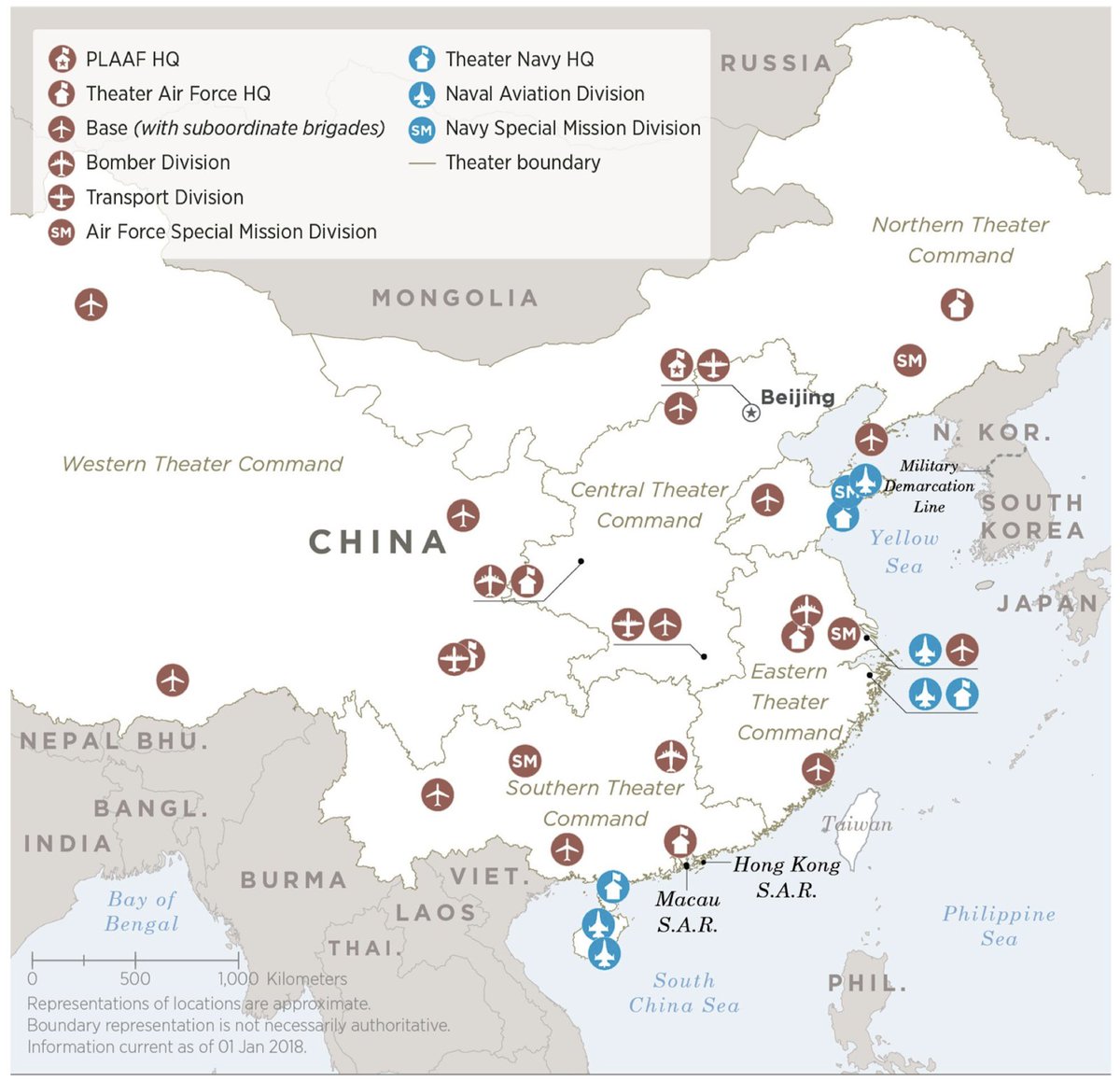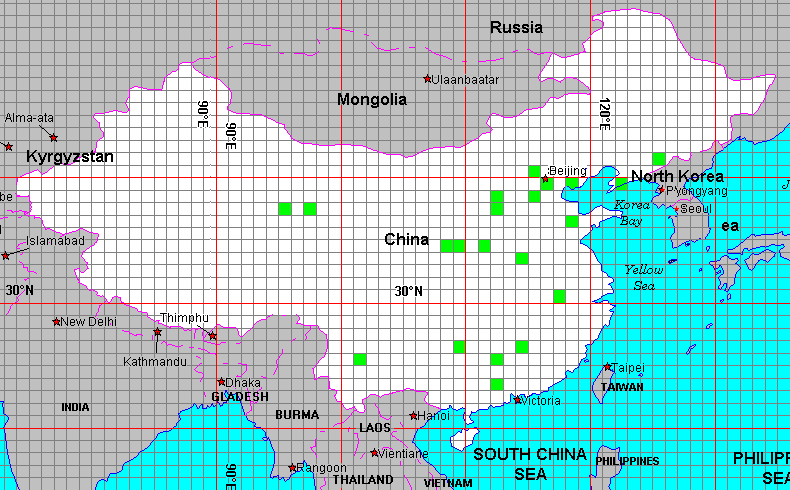𝐖𝐡𝐞𝐧 𝐓𝐡𝐞 𝐋𝐞𝐯𝐞𝐞 (𝐨𝐫 𝐃𝐚𝐦) 𝐁𝐫𝐞𝐚𝐤𝐬
1,000 km upriver from Shanghai and the mouth of the Yangtze Delta sits a marvel of modern mega-engineering:
The Three Gorges Dam.
It might be about to collapse. What happens if it does?
1/
1,000 km upriver from Shanghai and the mouth of the Yangtze Delta sits a marvel of modern mega-engineering:
The Three Gorges Dam.
It might be about to collapse. What happens if it does?
1/
Completed over twenty-one years (1994-2015) out of more than 28 million cubic meters of concrete and 463,000 tons of steel, the 185 meter tall Three Gorges Dam is today the largest hydroelectric dam on earth.
It generates around 2% of China& #39;s total electrical power demand.
2/
It generates around 2% of China& #39;s total electrical power demand.
2/
As far back as 1918, Chinese political leaders have promoted damming the Three Gorges due to the ever-present threat of catastrophic flooding up and down the Yangtze River.
In 1931, more than 300K people were killed by floods.
In 1954 and 1998, 3K+ perished in each year.
3/
In 1931, more than 300K people were killed by floods.
In 1954 and 1998, 3K+ perished in each year.
3/
In 1982, Chinese leader Deng Xiaoping promised to make the Three Gorges Dam a reality.
By 1992, enough political support had been assembled for the project to be approved.
The groundbreaking was in Dec 1994, though it wasn& #39;t until 1997 that the first concrete was poured.
4/
By 1992, enough political support had been assembled for the project to be approved.
The groundbreaking was in Dec 1994, though it wasn& #39;t until 1997 that the first concrete was poured.
4/
The Three Gorges Dam has become a point of pride for the CCP.
Mega-engineering projects are a signal to the world that a nation has stepped into an elite tier of economic powerhouses.
For the CCP, it is further proof that authoritarianism is more effective than capitalism.
5/
Mega-engineering projects are a signal to the world that a nation has stepped into an elite tier of economic powerhouses.
For the CCP, it is further proof that authoritarianism is more effective than capitalism.
5/
However, the project did not come without enormous costs.
The price tag has run more than $30 billion USD.
Choking off the sedimentary flow of the river reduces the available fertile silt required by farmland downstream, and increases risk of flooding.
6/
The price tag has run more than $30 billion USD.
Choking off the sedimentary flow of the river reduces the available fertile silt required by farmland downstream, and increases risk of flooding.
6/
All things considered, the Three Gorges Dam truly is a herculean feat of engineering, political willpower, and propaganda.
This despite the risks and challenges for the people of China - especially the more than 55 million people who live along the Yangtze downstream.
7/
This despite the risks and challenges for the people of China - especially the more than 55 million people who live along the Yangtze downstream.
7/
It& #39;s beyond my ken to assess the structural risks and likelihood of failure for the TGD.
CCP officials are downplaying risk, because that& #39;s what they do.
Now to the point of this thread - extrapolating the geopolitical/supply chain impact of failure of Three Gorges Dam.
8/
CCP officials are downplaying risk, because that& #39;s what they do.
Now to the point of this thread - extrapolating the geopolitical/supply chain impact of failure of Three Gorges Dam.
8/
We must first understand the importance of the Yangtze River in practical terms.
The watershed of the Yangtze is broadly divided into the Upper, Middle, and Lower Reaches.
Each reach is an industrial powerhouse, with specific economic and military significance.
9/
The watershed of the Yangtze is broadly divided into the Upper, Middle, and Lower Reaches.
Each reach is an industrial powerhouse, with specific economic and military significance.
9/
The westernmost Upper Reach is anchored by Chongqing, a massive megacity-region of more than 30 million people.
As China& #39;s west-facing #BeltandRoad gateway, Chongqing plays a critical role in connecting the Yangtze to Central Asia and Europe via rail - the "New Silk Road."
10/
As China& #39;s west-facing #BeltandRoad gateway, Chongqing plays a critical role in connecting the Yangtze to Central Asia and Europe via rail - the "New Silk Road."
10/
The rail service - called "Chongqing-Xinjiang-Europe Railway" - stretches more than 11,000 km and traverses a number of Central Asian nations.
It is operated jointly by Chinese, Russian, and German logistics companies, and just departed its 10,000 train in March.
11/
It is operated jointly by Chinese, Russian, and German logistics companies, and just departed its 10,000 train in March.
11/
However, the CXE does not just serve Chongqing and Chengdu.
It connects cargo to China& #39;s massive central/eastern industrial base via the Yangtze River& #39;s container-on-ship service.
This subsidized, shorter routing cuts transit time to Wuhan from Europe by 10-14 days.
12/
It connects cargo to China& #39;s massive central/eastern industrial base via the Yangtze River& #39;s container-on-ship service.
This subsidized, shorter routing cuts transit time to Wuhan from Europe by 10-14 days.
12/
This two-way multimodal service was a safety valve for the central China industrial region (centered in Wuhan) when ocean and air cargo service ground to a halt at the onset of COVID-19.
Trucks travelled to Chongqing, with cargo moving to Europe on the CXE.
13/
Trucks travelled to Chongqing, with cargo moving to Europe on the CXE.
13/
While Chongqing is the westernmost cargo hub on the Yangtze, it is closely connected via the river to the Port of Shanghai some 1,400 km away.
At Chongqing, all ocean-bound exports to/from western China are consolidated, numbering more than 1,000,000 containers/yr.
14/
At Chongqing, all ocean-bound exports to/from western China are consolidated, numbering more than 1,000,000 containers/yr.
14/
Further, the ASEAN nations have become critical trade partners with Chongqing/W.China, as traffic along the New International Land-Sea Trade Corridor has exploded.
This China-Singapore joint venture has seen almost 2,000 container trains move since 2017.
15/
This China-Singapore joint venture has seen almost 2,000 container trains move since 2017.
15/
It is clear that the CCP views connecting China& #39;s western provinces to the world through Chongqing as a major strategic initiative.
And while rail is the primary mode to achieve this, it is the freight carrying capacity of the Yangtze that makes the project possible.
16/
And while rail is the primary mode to achieve this, it is the freight carrying capacity of the Yangtze that makes the project possible.
16/
Eastward from Chongqing, we come to the Yangtze& #39;s Middle Reach, home to the Three Gorges Dam.
313km downriver from the dam sits Wuhan at the border of the Lower Reach.
It& #39;s the most important interior city in China and a critical military, manufacturing, and tech hub.
17/
313km downriver from the dam sits Wuhan at the border of the Lower Reach.
It& #39;s the most important interior city in China and a critical military, manufacturing, and tech hub.
17/
In this article for @theammind, I explored the importance of Wuhan to China and global trade.
It is the central node of the Yangtze River& #39;s logistics network.
A failure of the ports here means zero ocean container traffic upriver from the delta.
https://americanmind.org/features/the-coronacrisis-and-our-future-discontents/when-china-sneezes/
18/">https://americanmind.org/features/...
It is the central node of the Yangtze River& #39;s logistics network.
A failure of the ports here means zero ocean container traffic upriver from the delta.
https://americanmind.org/features/the-coronacrisis-and-our-future-discontents/when-china-sneezes/
18/">https://americanmind.org/features/...
The Port of Wuhan handles more than 1.5 mil containers/year, 50% more than Chongqing.
Wuhan& #39;s Tianhe airport serviced more than 24 million passenger in 2018, and a little more than 220K MT of air cargo (equivalent to about 2,000 747& #39;s).
It& #39;s also the PPE hub of China.
19/
Wuhan& #39;s Tianhe airport serviced more than 24 million passenger in 2018, and a little more than 220K MT of air cargo (equivalent to about 2,000 747& #39;s).
It& #39;s also the PPE hub of China.
19/
So, let& #39;s divert for a moment to what happens downriver if the Three Gorges Dam fails.
A 100m-tall wall of water will rush out at more than 100 km/hr.
In 30 minutes, Yichang and its 4 million residents will be engulfed.
(Map Credit: u/BerryBlue_BlueBerry @ Reddit)
20/
A 100m-tall wall of water will rush out at more than 100 km/hr.
In 30 minutes, Yichang and its 4 million residents will be engulfed.
(Map Credit: u/BerryBlue_BlueBerry @ Reddit)
20/
Zero+1 hour, Jingzhou and 5.7 million people will be swept away.
Zero+5, the major industrial city of Yueyang (5.5 mil people) will sit 5m underwater.
Zero+10 hours, Wuhan (11 mil people) will face flooding of 6-8m in all major industrial and port zones.
21/
Zero+5, the major industrial city of Yueyang (5.5 mil people) will sit 5m underwater.
Zero+10 hours, Wuhan (11 mil people) will face flooding of 6-8m in all major industrial and port zones.
21/
Zero+15 hours, Jiujiang (another major PPE hub with 4.7 mil residents) will be hit with several meters of flooding. All cropland and infrastructure will be flooded and damaged.
Zero+24 hours, Shanghai& #39;s neighboring city of Nanjing will see its port crippled.
22/
Zero+24 hours, Shanghai& #39;s neighboring city of Nanjing will see its port crippled.
22/
Note, the Yangtze watershed is massive, but Biblical levels of rain have been flooding western and central China for weeks.
There simply is nowhere for the water to go, except outwards towards the East China Sea, and the world& #39;s largest port of Shanghai.
23/
There simply is nowhere for the water to go, except outwards towards the East China Sea, and the world& #39;s largest port of Shanghai.
23/
Circling back now to Wuhan and the impacts to supply chains...
Ports along the Yangtze saw more than 19.4 million TEU (standard unit of container measure, "twenty foot equivalent unit") in cargo traffic in 2019.
By comparison, Shanghai handled 42 million TEU in 2019.
24/
Ports along the Yangtze saw more than 19.4 million TEU (standard unit of container measure, "twenty foot equivalent unit") in cargo traffic in 2019.
By comparison, Shanghai handled 42 million TEU in 2019.
24/
In simple terms, the Yangtze River logistics and manufacturing complex comprises 46% of the volume of the largest port on earth, since all cargo flows through Shanghai.
Failure of the Three Gorges Dam would annihilate the entire logistics infrastructure of central China.
25/
Failure of the Three Gorges Dam would annihilate the entire logistics infrastructure of central China.
25/
The Yangtze River east of the dam bases many PLA anti-air, ballistic missile, and PLA Air Force assets.
Several entities (Taiwan included) have speculated openly about the ability to strike the dam with missiles and cause massive downstream devastation.
26/
Several entities (Taiwan included) have speculated openly about the ability to strike the dam with missiles and cause massive downstream devastation.
26/
Such an unlikely attack on the dam would no doubt trigger immediate reprisal by the CCP and PLA.
But what happens if the dam naturally fails due to excessive water and engineering flaws?
How does China respond, and how do foreign companies recover manufacturing capacity?
27/
But what happens if the dam naturally fails due to excessive water and engineering flaws?
How does China respond, and how do foreign companies recover manufacturing capacity?
27/
From an economic/military standpoint, all activity on the Yangtze would halt.
The rescue and recovery efforts will be enormous, taking months to complete, and only after the waters recede.
Peak water levels may not crest until August...and Yangtze ports are already slowed.
28/
The rescue and recovery efforts will be enormous, taking months to complete, and only after the waters recede.
Peak water levels may not crest until August...and Yangtze ports are already slowed.
28/
The Yangtze River Economic Basin has a GDP of more than $6.5 trillion, or about half of all China& #39;s GDP.
Recall, China represents 28% of all manufacturing output - globally. More than half of that is in the YREB.
15% of the world& #39;s production would go offline in 24 hours.
29/
Recall, China represents 28% of all manufacturing output - globally. More than half of that is in the YREB.
15% of the world& #39;s production would go offline in 24 hours.
29/
A wipeout of the Yangtze River would further cripple the already-congested Port of Shanghai, slowing vessel rotations to other Chinese and Asian ports by days or weeks.
Food imports - a critical item for China - would be slowed as refrigerated containers are bottlenecked.
30/
Food imports - a critical item for China - would be slowed as refrigerated containers are bottlenecked.
30/
A slowdown at Shanghai would place additional pressure on the northern ports of Tianjin and Qingdao, and central/southern ports like Ningbo, Xiamen, and Yantian.
More manufacturers will offshore from China to SE Asia, creating more chokepoints.
https://twitter.com/man_integrated/status/1277943671061655553
31/">https://twitter.com/man_integ...
More manufacturers will offshore from China to SE Asia, creating more chokepoints.
https://twitter.com/man_integrated/status/1277943671061655553
31/">https://twitter.com/man_integ...
China& #39;s central banking system, already cracking under the pressure of COVID-19 and the trade war, will not be able to help domestic companies recover fast enough.
The CCP will not be able to keep subsidizing production in attempt to keep the economy growing.
32/
The CCP will not be able to keep subsidizing production in attempt to keep the economy growing.
32/
The middle reach of the Yangtze River is also China& #39;s main agriculture production zone, where the crops are enaring harvest.
African Swine Fever rages on.
Famine will follow without huge imports of protein from the US, Europe, and S. America.
Hmm.
https://www.agriculture.com/news/business/china-makes-its-largest-ever-purchase-of-us-corn
33/">https://www.agriculture.com/news/busi...
African Swine Fever rages on.
Famine will follow without huge imports of protein from the US, Europe, and S. America.
Hmm.
https://www.agriculture.com/news/business/china-makes-its-largest-ever-purchase-of-us-corn
33/">https://www.agriculture.com/news/busi...
China& #39;s central and northern region water supply - especially in Beijing - is dependent on the Yangtze.
Additionally, given that 2% of China& #39;s electricity is produced by the dam, recovery of the industrial base in the YREB would be crippled due to energy shortfalls.
34/
Additionally, given that 2% of China& #39;s electricity is produced by the dam, recovery of the industrial base in the YREB would be crippled due to energy shortfalls.
34/
The lingering health effects associated with so many dead or sick from the flooding will crush the already-strained health services in the region, which are still trying to recover as the epicenter of the COVID-19 pandemic.
And...it gets worse.
35/
And...it gets worse.
35/
It& #39;s the habit of authoritarian regimes to deflect from domestic disasters by lashing outward to external enemies or entities.
It is thus a certainty that a failure of the dam will be painted as enemy action - likely pointing the finger at the US and/or Taiwan (recall #26).
36/
It is thus a certainty that a failure of the dam will be painted as enemy action - likely pointing the finger at the US and/or Taiwan (recall #26).
36/
Within days, the CCP/PLA will start saber-rattling.
Harrassment of US and allied naval assets, wargames involving intermediate-range ballistic missiles, rhetoric aimed at Taiwan, etc.
This will spill over into major disruptions of the East and South China Seas.
37/
Harrassment of US and allied naval assets, wargames involving intermediate-range ballistic missiles, rhetoric aimed at Taiwan, etc.
This will spill over into major disruptions of the East and South China Seas.
37/
Commercial shiplines (such as Maersk, MSC, CMA-CGM) and their import customers in North America will see increased transit times as non-China transshipment ports take on add& #39;l volume and vessels redirect around the contested waters.
As with COVID-19, the system will buckle.
38/
As with COVID-19, the system will buckle.
38/
Many companies in Europe and North America still recovering from the supply chain shock earlier this year will close down, ratcheting up anti-CCP sentiment further.
All of these factors combined will nearly guarantee open conflict between the US and China.
39/
All of these factors combined will nearly guarantee open conflict between the US and China.
39/
So what does a failure of the Three Gorges Dam look like?
It would be among the most horrific humanitarian crises in memory, triggering a cascade effect of famine, war, and economic depression that will threaten global peace.
40/
It would be among the most horrific humanitarian crises in memory, triggering a cascade effect of famine, war, and economic depression that will threaten global peace.
40/
For just one example of how we need to build proactive solutions to address China& #39;s increasingly unstable house of cards, see @SecStudiesGrp& #39;s proposal to support the Philippines in rebuilding Subic Bay into a logistics and manufacturing powerhouse.
https://securitystudies.org/blunting-a-rampant-chinas-threat-to-southeast-asian-shipping/
41/">https://securitystudies.org/blunting-...
https://securitystudies.org/blunting-a-rampant-chinas-threat-to-southeast-asian-shipping/
41/">https://securitystudies.org/blunting-...
For more detailed analysis on China& #39;s naval and missile programs, as well as their geopolitical moves in the South China Sea and at Diego Garcia, see this thread and the ones embedded within:
https://twitter.com/man_integrated/status/1195465368309059584
42/">https://twitter.com/man_integ...
https://twitter.com/man_integrated/status/1195465368309059584
42/">https://twitter.com/man_integ...

 Read on Twitter
Read on Twitter